Montenegrin Cuisine – The Authentic Food of Montenegro
Montenegro possesses an authentic food tradition built on simple and filling recipes created with fresh, organic ingredients. Every region has their own specialties and types of foods. While locals are very proud of their various culinary offerings, most locals will inquire if you have ever had a chance to eat in the village. This is where the food goes truly farm to table (literally, the garden and fields are meters away from your table).
Village veggies have more colour, the foods more flavour, and the portions definitely get bigger. And local hospitality includes a relaxed family style serving. Locals celebrate this as the foundation and best of Montenegro’s food tradition past and present.
Montenegrin Cuisine
The average Montenegrin table at any farm stay is generally laden with meat, fresh cheese, homemade bread and salads made from fresh vegetables. Also present are richly flavoured dishes such as stews, smoked fish, and Montenegrin food classics like kacamak and priganice. To try to give you a glimpse of the deliciousness that awaits you, we at Meanderbug have put together a culinary play-by-play of what you can expect to be served at your next farm stay or farm-to-fork experience.
Of course, you won’t truly understand Montenegrin cuisine and culture until you sit down to dinner, eat two or three plates full, and relax at the table like a true Montenegrin. But we’ll do our part to inform and help whet your appetite. Prijatno!
Meat – The Best Salad
Montenegrin villages have so many vegetables and plant-based foods available, but they really love serving meat as they believe it represents some of the best of Montenegrin cuisine. We’ve had locals tell us, when asked what kind of vegetables or salads they like, that “meat is the best salad.” Mutton, pork, beef and poultry are used in a variety of dishes. For cooking meat, most Montenegrin restaurants and some home cooks use sač, a large metal lid in the form of a shallow bell, which is covered with ash and hot coals until the meat is tender and juicy. To experience this local style of roasting, look for “ispod saca” (which translates to “under the dome”).
One of the most signature meat dishes served in the village is lamb, which for special occasions is slowly roasted on a spit for several hours until the meat is perfectly tender and juicy. Other delectable meats include tender beef found in stews, slowly roasted veal, and roštilj, which is what the locals call anything grilled. Often for parties and celebrations, several kinds of sausages and meat cuts will be grilled over an open flame and served piping hot to guests. Another dish served both at celebrations and casual occasions is literally named meso na seljački način (village-style meat.) For this dish, three or four different types of meat – typically pork, beef, and/or veal – are slowly stewed with caramelized onion until all the flavours blend together in perfect meaty deliciousness.
One popular village item is prosciutto or pršut in the local language. Pršut is one of the staples of the average Montenegrin’s diet. It’s believed that the best pršut was made in Njeguši, a village near Cetinje named after the national hero Njegos. However, today many villages in northern Montenegro make pršut that rivals even the best of Njeguši from a previous time.
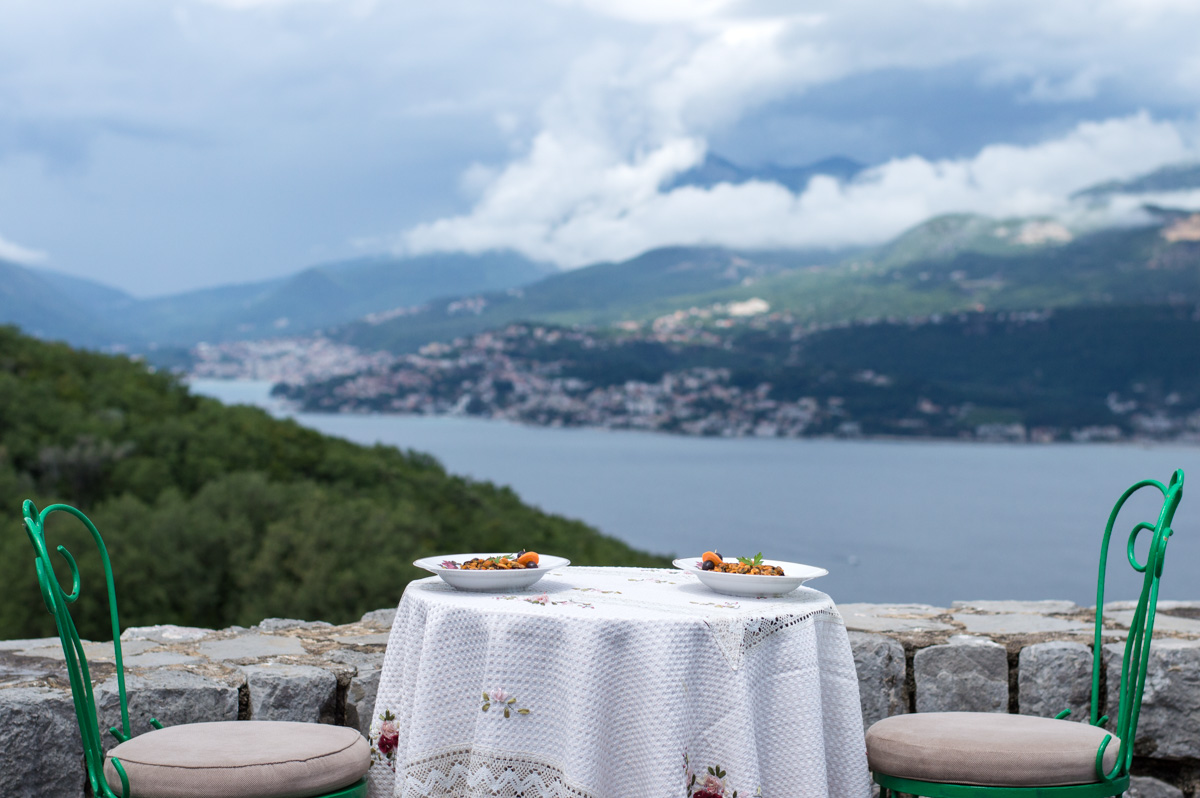
Fish – A Hint of the Mediterranean
As you start to get closer to the Adriatic, you will witness an entirely different side of Montenegrin cuisine. The Adriatic sea contains over 400 species of fish, many of which are absolutely delicious to eat. Some restaurants and farm stays will boast a fresh catch option, serving fish such as sea bass, bream, mackerel, red mullet, and even rarer fish like monkfish. Besides fish, easily procured seafood includes eel and squid, which locals prepare expertly using lemon and sometimes garlic for flavour. Some farm stays and farm-to-fork locations work mussels into the menu, which can be served steamed or cooked in comfort foods such as risotto.
But the Adriatic sea is not the only body of water offering up aquatic delicacies. Lake Skadar, as well as other rivers and small lakes, provide delicious fish to grace tables in villages. One surprising fish served as a delicacy is smoked carp. Personally, we have found that some smoked carp topped with a little ajvar and lemon when in season represents true Montenegrin comfort food. Smoking and drying fish are traditional cooking methods used to prepare fish for storage during the winter. To make dried fish, river trout are scaled, cut, and laid out under the scorching sun. The fish is daily dipped in sea water. When the drying process is completed, it is smoked over a fire and placed into paper bags. This delicacy is boiled and served with vegetables to make filling stews that help locals stay warm during the winter. Sometimes, locals will prepare fish čorba, or stew, which generally contains several types of fish and other aquatic foods cooked alongside peppers, onions, and tomatoes in a vibrant, mildly spicy broth.
Plan a farm stay in Montenegro to experience the food, culture, and adventure.
Vegetables and Fruit – Where Farm to Table Gets Real
During the spring, summer, and fall months, local salads are made with coarsely chopped vegetables dressed with olive oil and sprinkled with vinegar. Olive oil is quintessential of seafood cuisine in Montenegro, especially along the coast because of the olive trees found along the coastline. The best olive oils are pressed out of fresh olives in old stone mills or mortars. Simple, but absolutely amazing!
Any excess produce not prepared in salads is fermented or pickled. Salads prepared pickled vegetables are enjoyed all winter long. In addition to preserved vegetables, villagers will cook potatoes throughout the winter months to add starch to meals. The potato grown in the villages of Montenegro tastes entirely different from your average potato. It truly tastes like everything you could dream from a potato: mealy, starchy, with layers of earthy flavour. We have tasted boiled potatoes completely free of any additives like butter and salt and still found them absolutely delicious. But anyway they are cooked – fried, roasted, boiled, mashed, stuck in a stew – Montenegrin potatoes have a way of stealing the spotlight.
Fruits are usually preserved in jams and preserves and provide the perfect compliment to fresh bread. Tree fruits like apples, quince, and plums are used to make rakija, an alcoholic beverage similar to brandy enjoyed all over Montenegro and much of southern Europe. Apples are also pressed to make some absolutely fabulous juice. Juice syrups are a great way to still get the vibrant tastes of fruits raspberries, aronija (chokeberries), and pomegranates during the winter months. Nevertheless, no jam, juice, or drink can even surpass a fresh apple picked right off the tree, or some berries just harvested from around the mountain side.
Dairy
Pasture-raised cows, sheep, and goats in the mountains of Montenegro give exceptional milk, which Montenegrins use to create one-of-a-kind dairy products. One such delight often served as a compliment to meat is kajmak (kai-mak). Similar to clotted cream, kajmak is made by pouring cow’s milk into a flat bowl and then putting it into a warm oven for 3 hours. Villagers allow the milk to cool before removing the upper layer, shifting to another bowl, and salting it. We really don’t know a good way to describe kajmak: perhaps the midpoint between butter, cream, and cheese. But really, you have to taste kajmak for yourself to truly understand the fluffy, cheesy flavour it brings to different dishes. Another Montenegrin cuisine dairy delicacy is kiselo mlijeko, which literally translates to sour milk. Similar to buttermilk, villagers love a cup of it with bread or pies, especially during breakfastime.
One of the most popular cheeses comes from the Bjelašica area and is often referred to as Kolašinski sir (Kolašin cheese.) Villagers use large rocks from the region to press their cheese. The flavour is very mild, almost like mozzarella. Another name for the cheese is “lisnati” literally meaning “layered:” when you bite or break a piece, you can see intricate layers which peel apart. Besides lisnati, Montenegrin villagers make several fresh cheeses with a wide range of flavours from mild to very strong, something for every cheese connoisseur to fall in love with. One type of cheese can have a thousand different tastes because each village has their own breed of cows, sheep, or goats. The uniqueness of the flavours of individual cheeses really adds something special to a Montenegrin food experience.
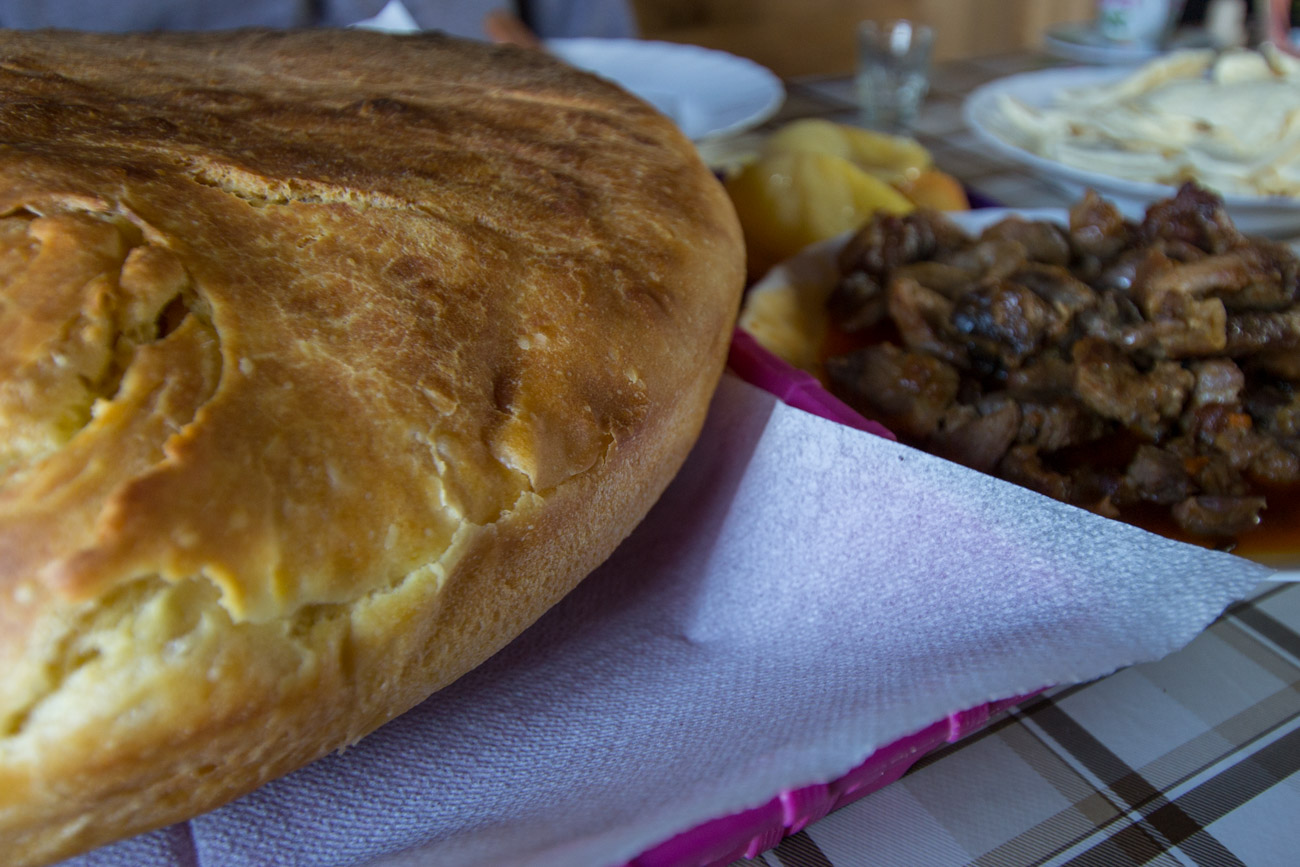
Homemade Bread
Bread from villages equals tradition and health. To prepare bread in the village is viewed as an almost sacred task, and bread is relied upon to give family members and guests sustenance throughout the day. For villagers, the process of baking has been honed for generations.
Baking bread is a daily chore in the village. Village domaćicas, which translates to homemakers (we like to think of them as superheroes), mix the dough the day before baking and allow it to rise overnight. In the morning, they rigorously knead the dough before serving, and will serve the bread with breakfast still hot from the oven. The crust is perfectly golden and provides the most satisfying crunch that harmonizes perfectly with the ethereal interior of the loaf. Bread in the village is considered so fresh that any loaves not eaten the day of baking are considered unfit to eat and often get thrown to dogs or pigs. In the village, bread represents fragility, vitality, and life.
Montenegrin Cuisine as Comfort Food
Probably the most unique dish from the array of Montenegrin cuisine is kačamak (kachamak). This Montenegrin comfort food is prepared when villagers know they have a hard day of work ahead. Kačamak usually involves boiled potatoes, cornmeal, kajmak (clotted cream), and lisnati (layered) cheese all mixed together over low heat in a large pot. Once the key ingredients melt, family members will take turns churning it with a large wooden mixing pestle until a sort of cheesy porridge forms. You can eat kačamak plain, with fresh salads and vegetables, or slathered in more kajmak, yogurt, and Kolasinski cheese (because seriously, you can never have too much.) Sometimes you may be served cicvara, which is very similar to kačamak but a little thinner and cheesier.
Another countrywide favorite, priganice are fluffy, fried pieces of dough (like a donut but better when served fresh). Topped with honey, cheese or jam these may be part of welcoming a guest. Also, these are often served in the village before or after a meal or even as breakfast. Served piping hot, these make a mountain visit in the fall or winter months unforgettable.
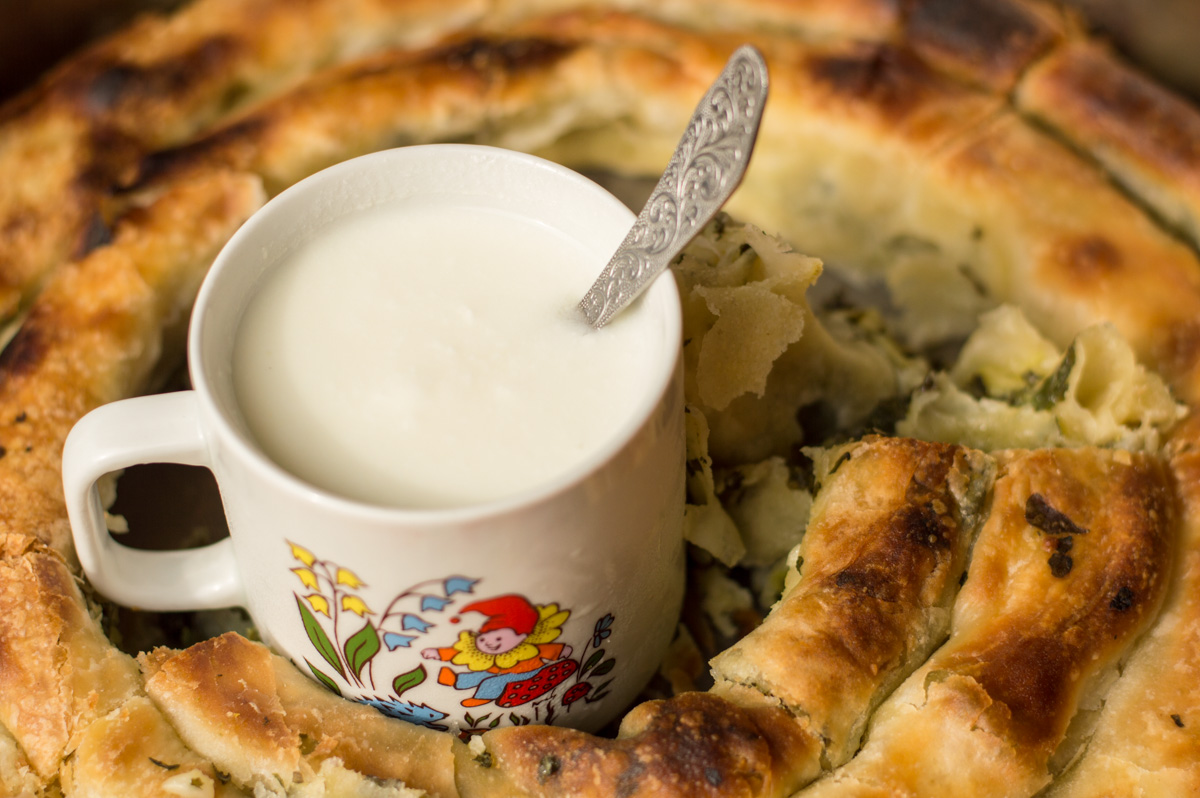
Another Montenegrin comfort food comes served in the round. The pita prep process makes good theater with a thin dough layer spread across the table. Once the filling is spread as desired, a masterful flip of the table cloth transforms the flat dough into a rolled creation which then is placed in the pan winding from the outside to the center. This may be filled with spinach, greens, nettle, cheese, potato or some other seasonal produce. NOTE: pita filled with meat may be referred to as burek, but there are a host of opinions on what constitutes the difference between pita and burek. We have avoided writing that dissertation so far. 😉
If food is something you are passionate about, Meanderbug can plan a farm-to-fork meal or overnight farm stay focused on different food options. Our consultation service allows us to customize your trip just for you, and if food is your thing, we will definitely get you to where the good stuff is. 😉
Prijatno!
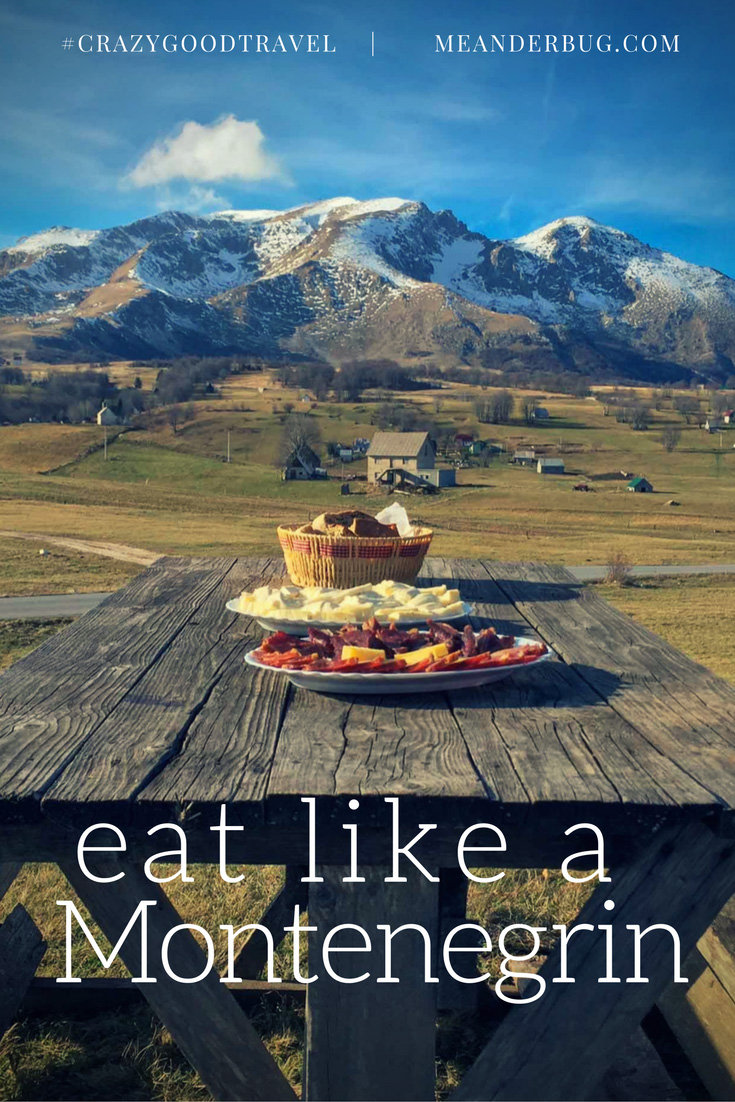
(This post was updated in November 2019 by Meanderbug staff.)
Montenegro6 comments
Comments are closed.

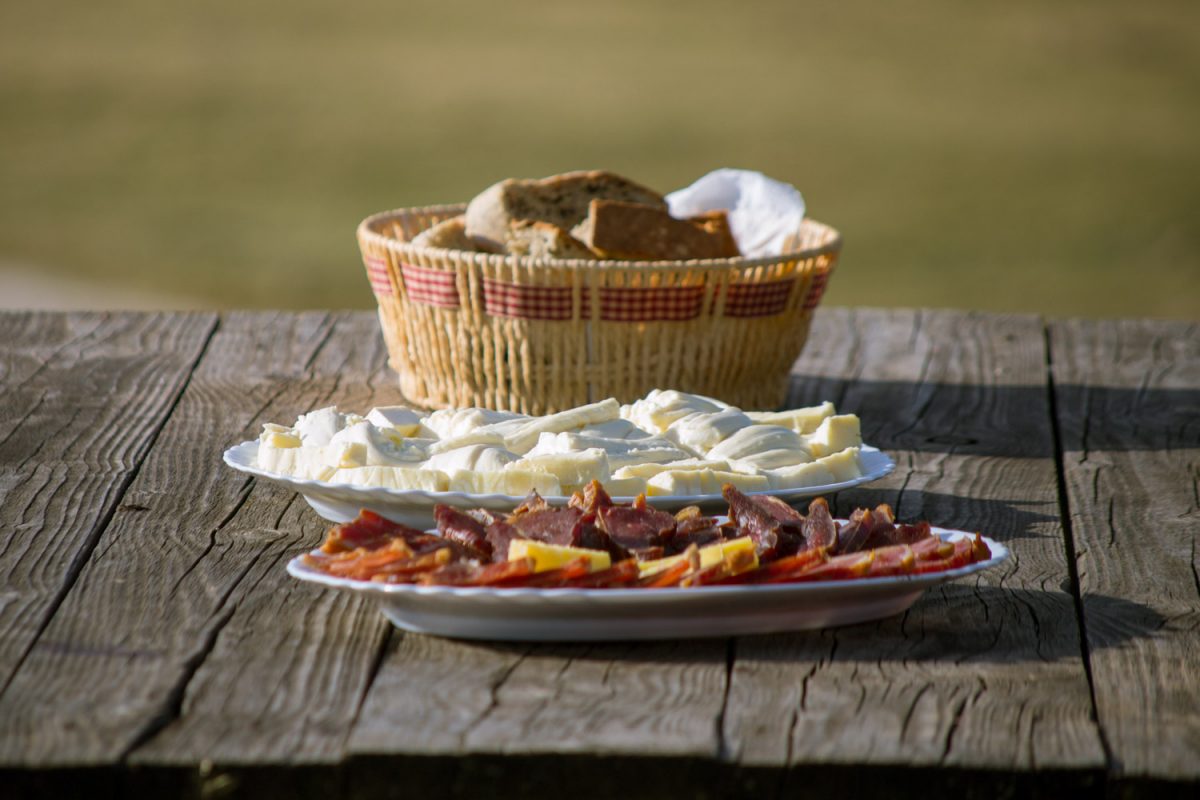
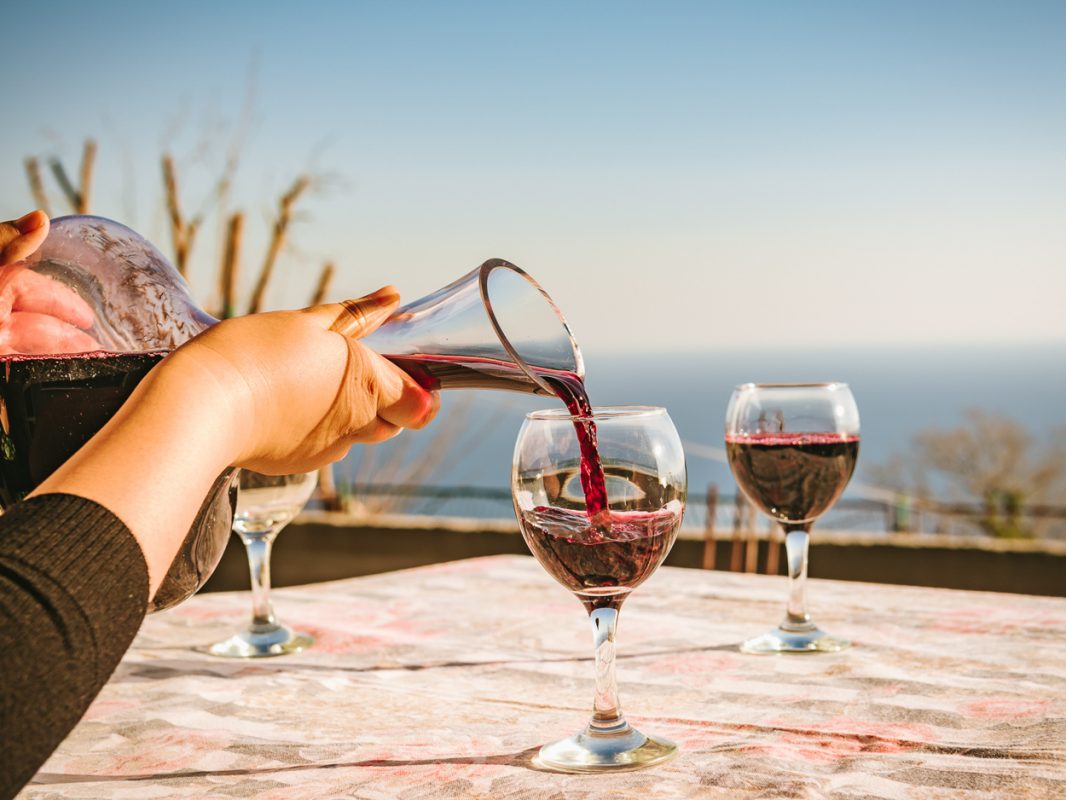
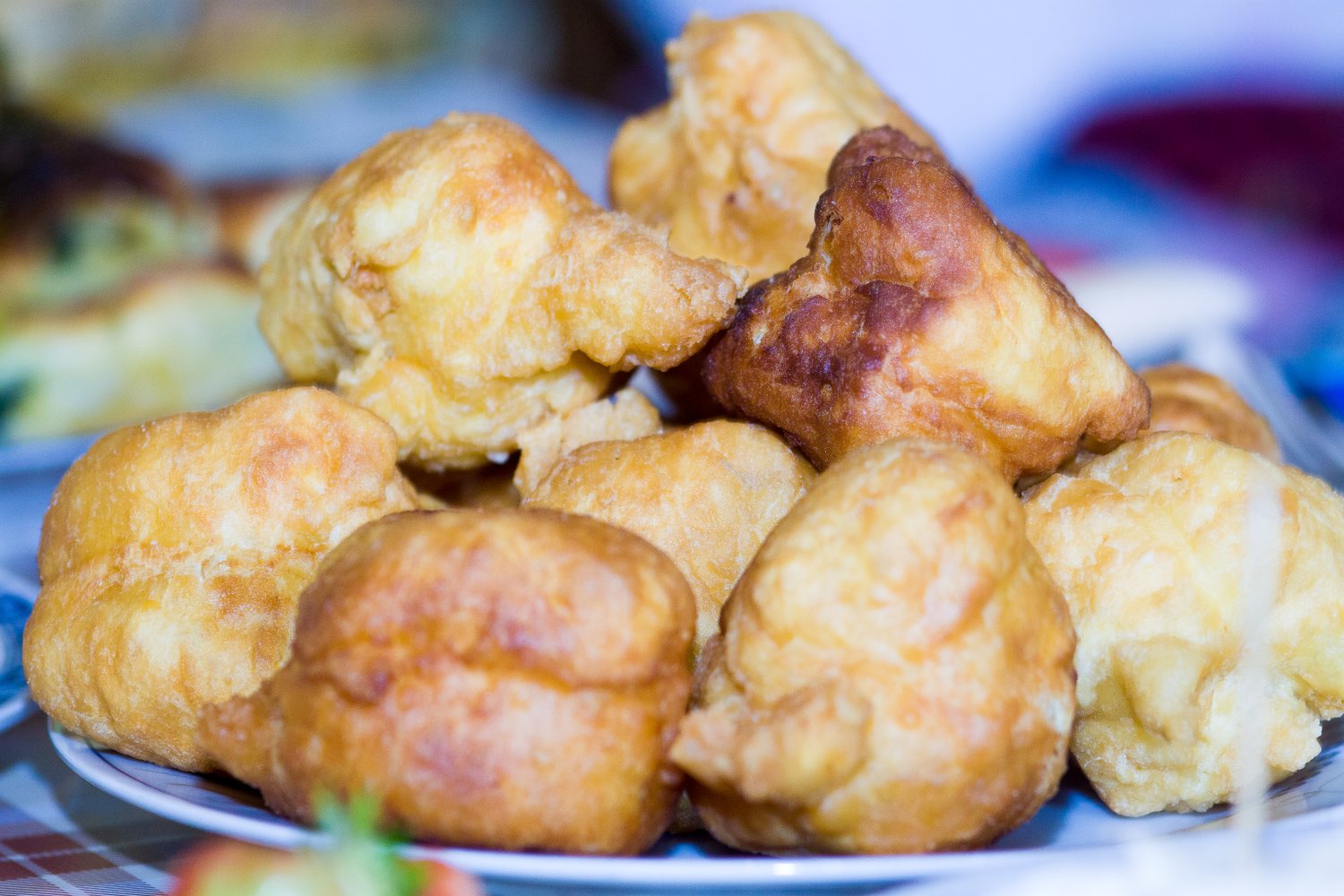
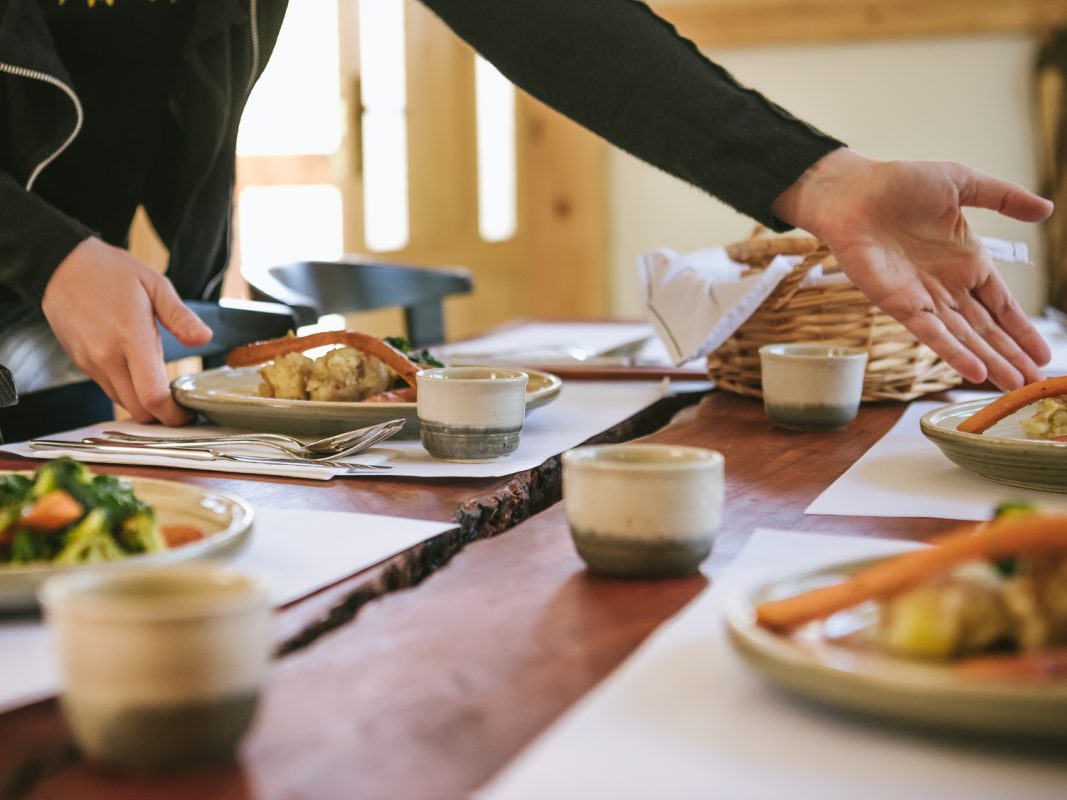
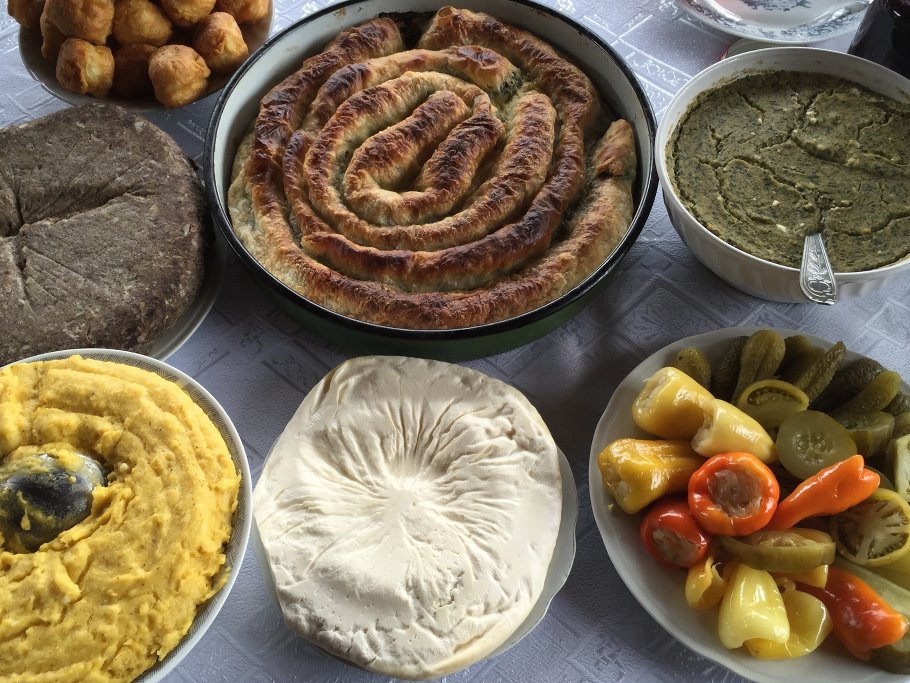
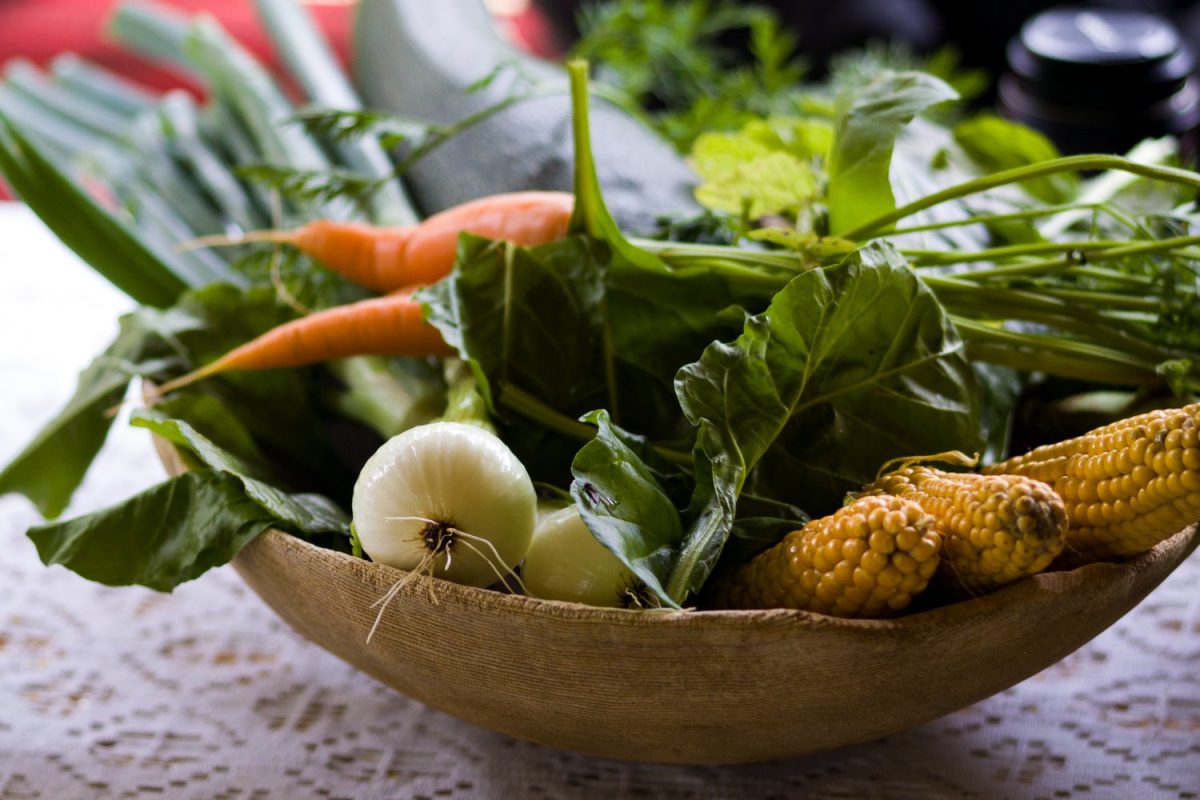
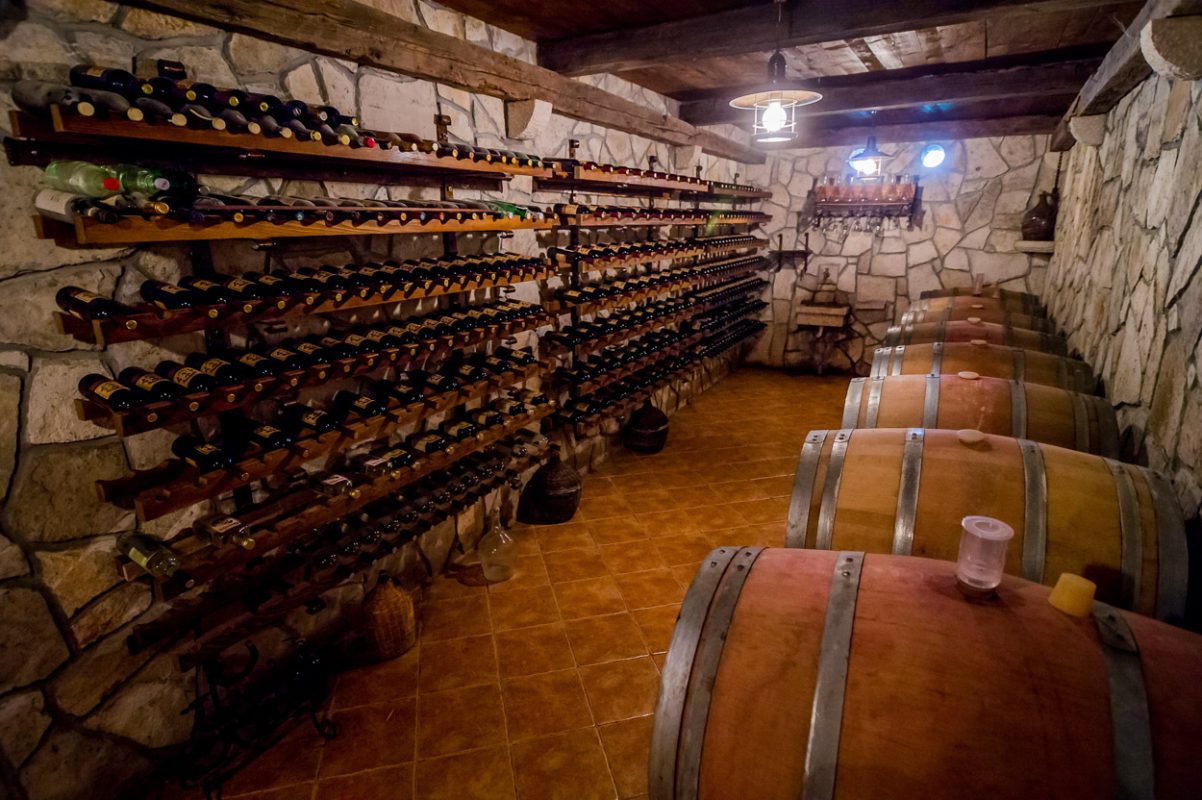
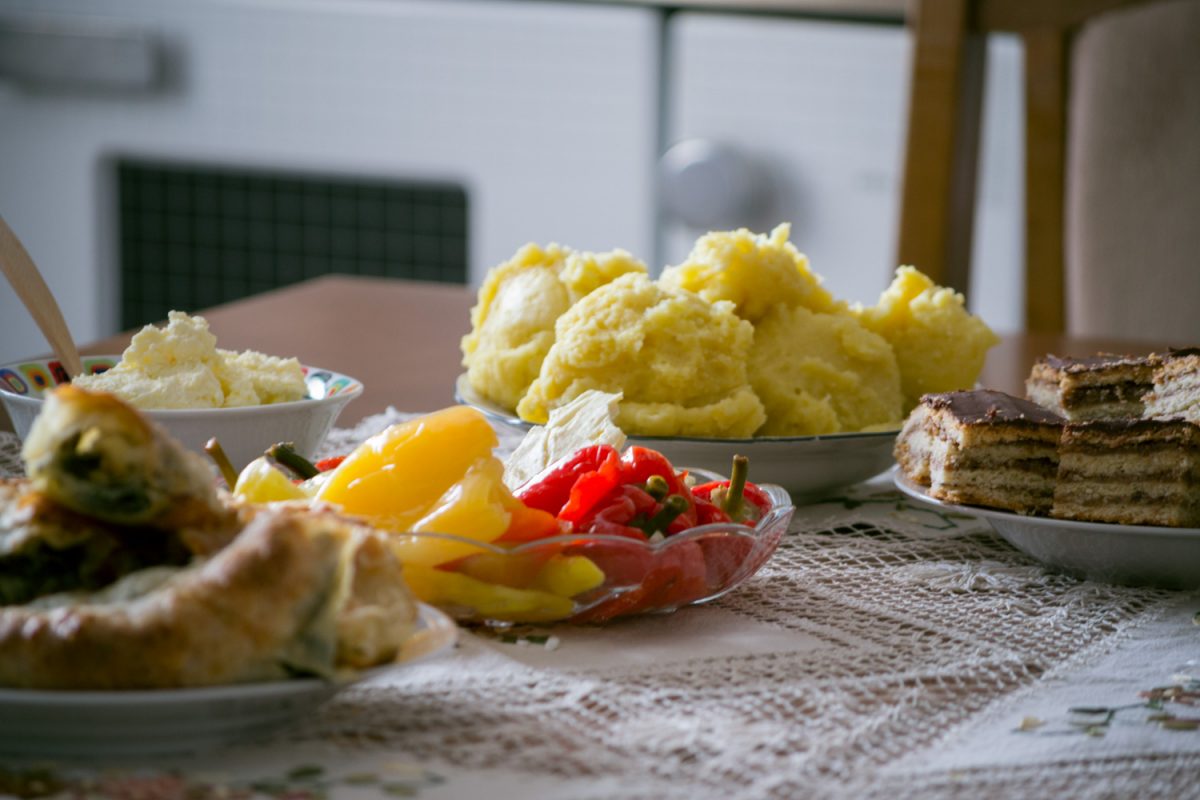
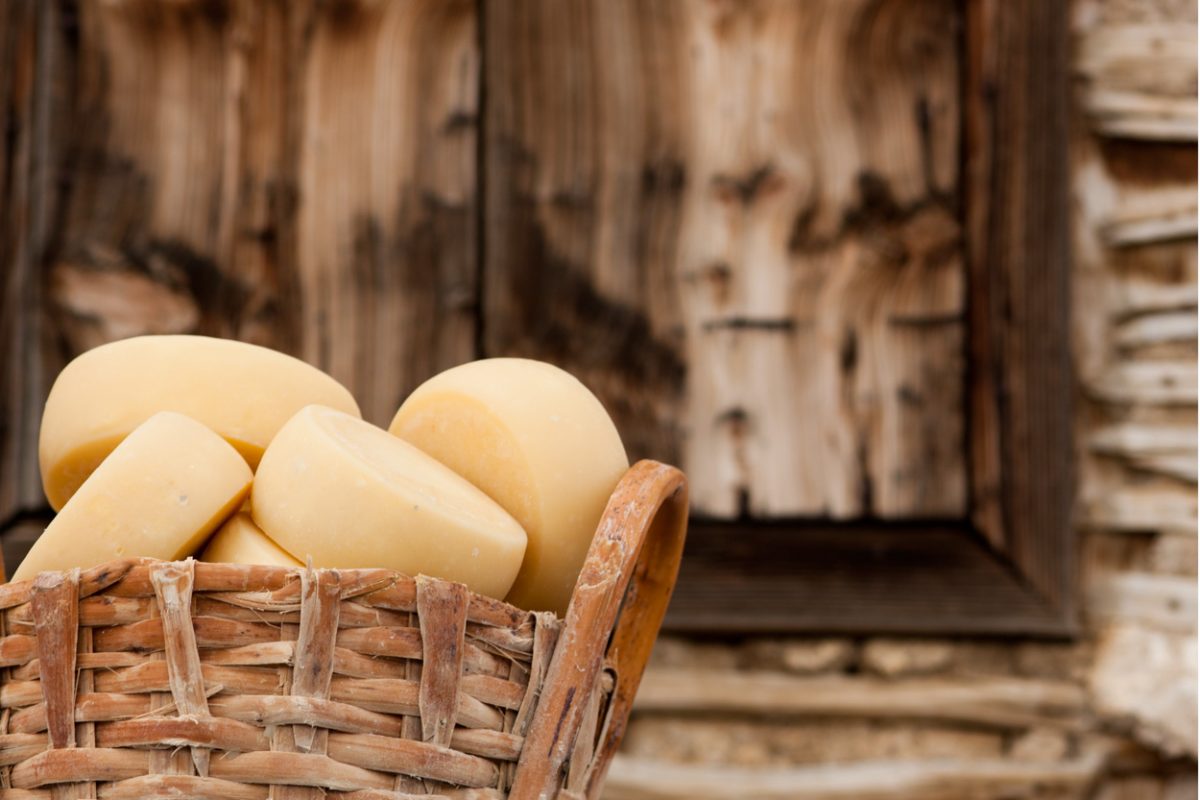
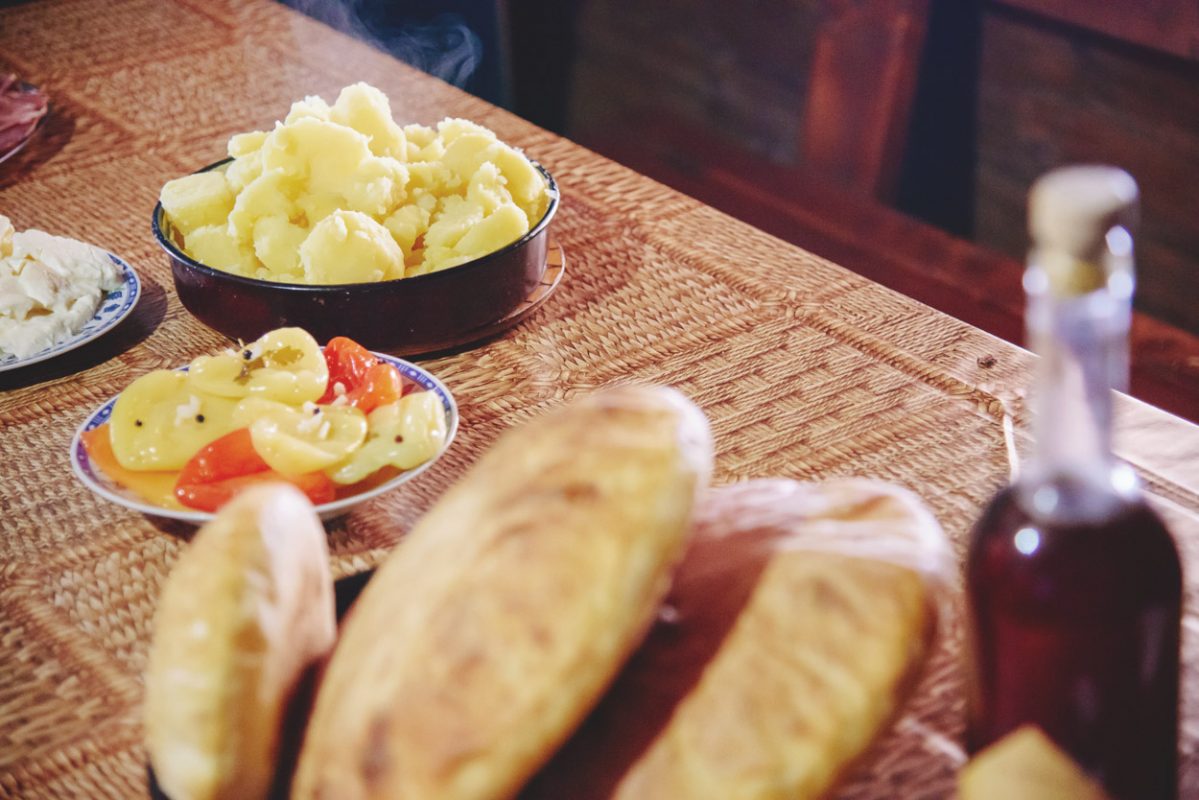
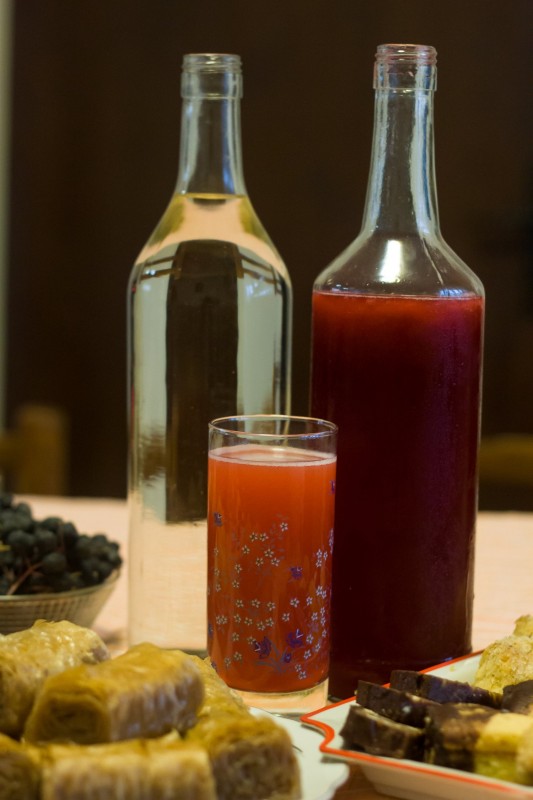
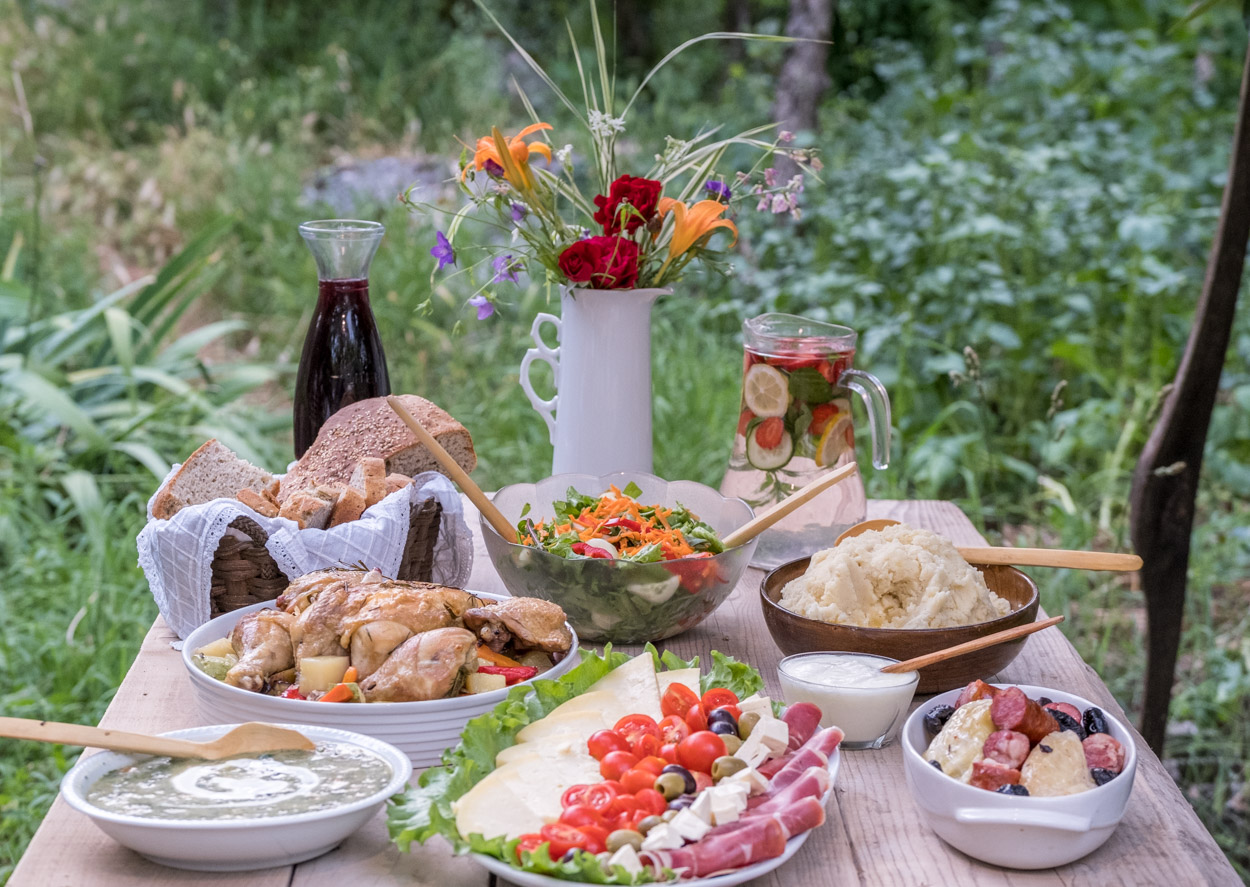
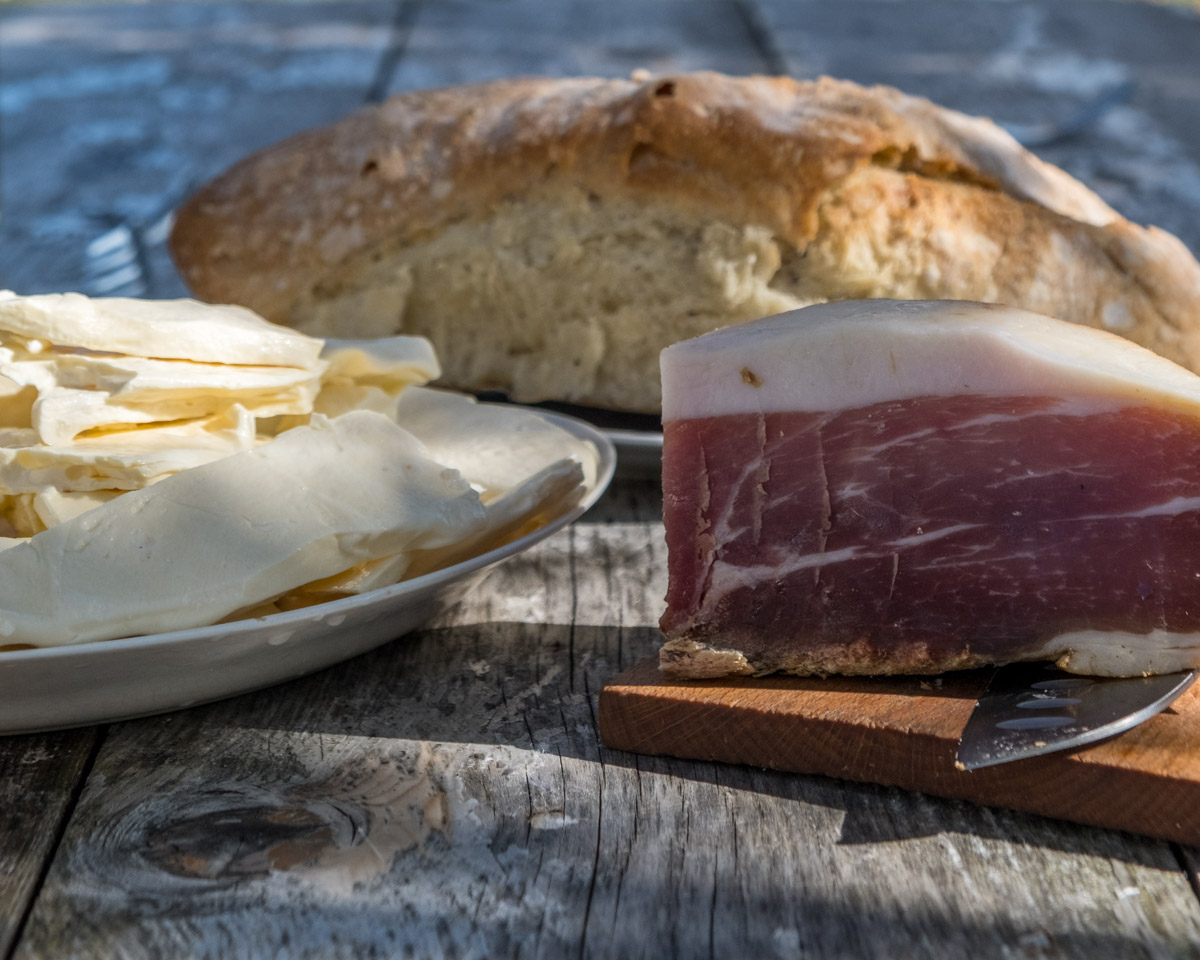
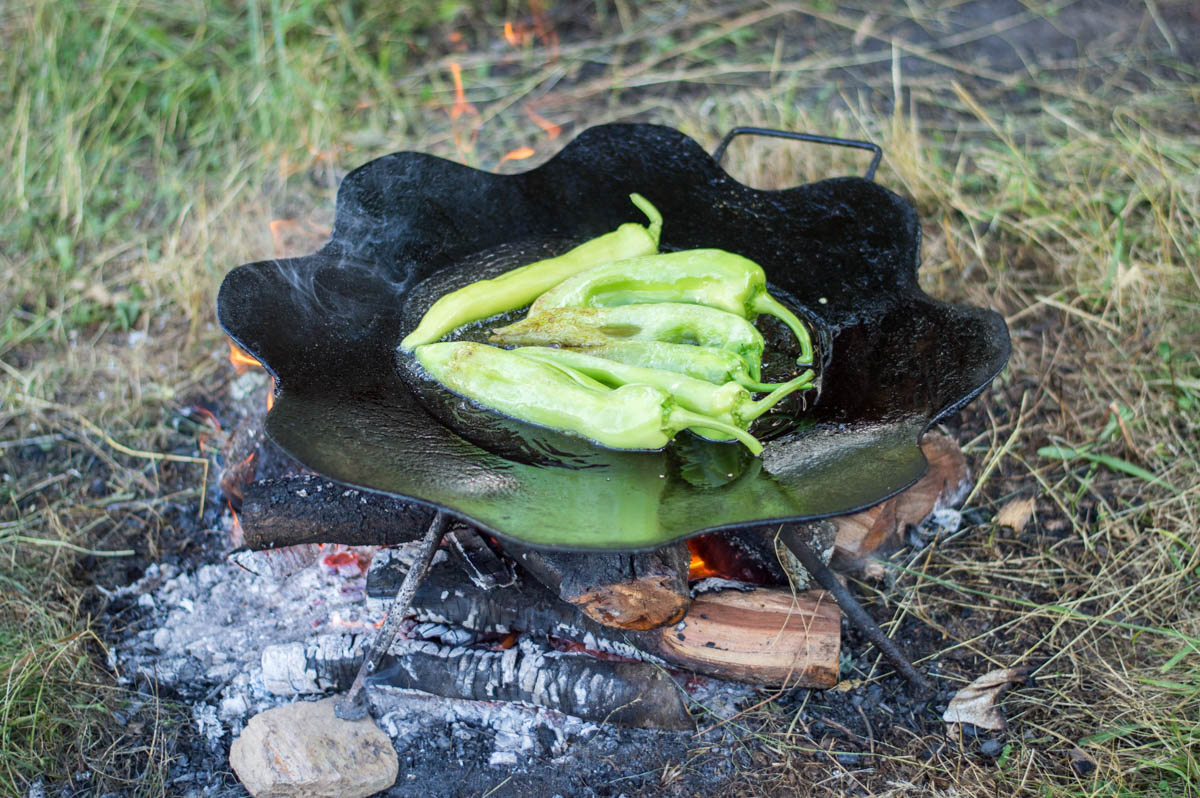
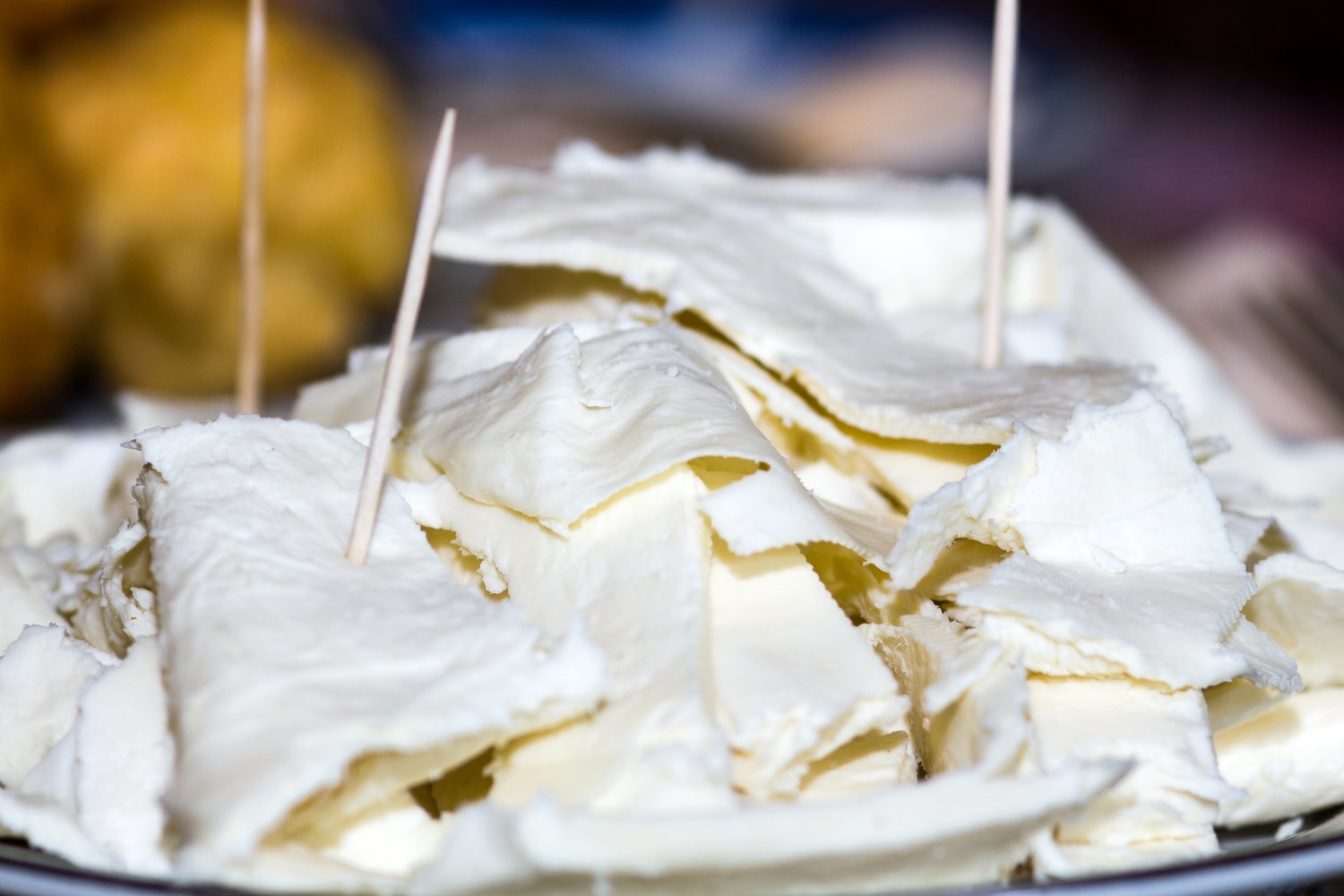












I began to feel hungry while reading and viewing the pictures. So much good food and culture here.
What a wonderful adventure of delicious food! Enjoy!
Hope one day you can come and visit to experience your self. 🙂
Good article! 🙂
A top article to read. Thanks a lot for sharing this. Fine work. Keep it up.
Thanks verʏ nice blog!